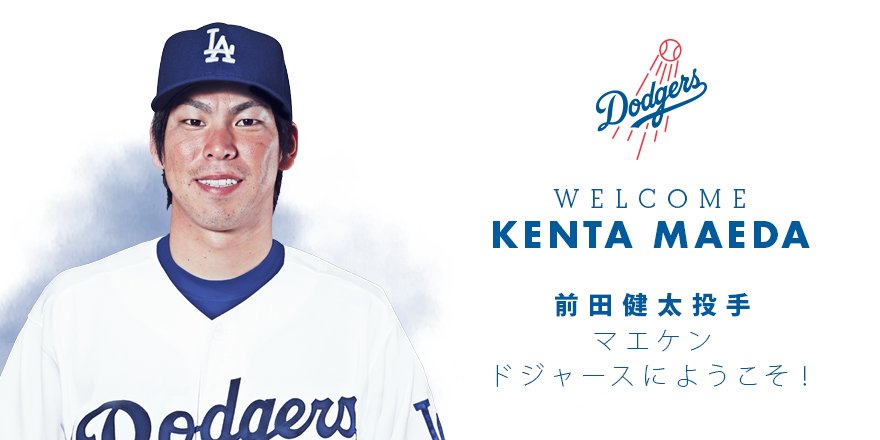Kenta Maeda, the Japanese ace who was posted by the Hiroshima Toyo Carp, recently signed an 8-year contract with the Dodgers in hopes of taking his talents to the States. While many Dodger fans are hoping he becomes the second coming of Yu Darvish or Masahiro Tanaka, the small right-hander does not come with same kind of hype, pure stuff, or gaudy numbers that the other two posted in the NPB, the highest level of pro ball in Japan. Maeda throws a low-90's fastball, to go with a cutter, sinker, slider, curve and changeup, and according to this article by Fangraphs, his off-speed stuff could very well be some of the best in baseball. It compares the movement on his slider to Giants reliever Sergio Romo, who relies on the slider as his bread and butter for getting K's, and the changeup to Phillies starter Aaron Nola, a young up-and-comer whose changeup is his best pitch. While many other sources will continue throwing out big name comps for the unknown commodity of Kenta Maeda, we will focus on another small right-handed starter as the ultimate comparison: Cardinals right hander Mike Leake.
Standing in at 6'0'', 154 lbs, Maeda's size does not exactly strike fear in opposing batters, neither does he tower over his teammates on the mound. But as the game of baseball shows, you don't need to be a certain height or weight to succeed, and a prime example is the undersized Mike Leake, who is just 5'10'' 190 lbs himself. Without very much height, it is difficult to generate elite velocity, and many of the shorter right handed pitchers succeed off of their wide pitch arsenal, as Leake and Maeda both throw 6 different pitches. Leake's repertoire consists of a low 90's fastball that sits around 88-92, faster on the four-seamer and a touch slower on the cutter, which he threw much more often in 2015, as well as a two-seam sinker that he threw the most, which was somehow faster than the four-seam. His two breaking balls are the curveball and the slider, both of which are above-average pitches, with his changeup as the only offering that was rated below-average in 2015. None of these 6 pitches generate too many swings and misses, but Leake is a ground ball machine, with a career 1.74 GB/FB ratio but just a 6.1 K/9 that was as low as 5.6 last season.
Maeda's contact profile is similar, with just a 7.4 K/9 in Japan that likely will not translate against better competition. His fastball sits in a similar range as Leake, in the high 80's, low 90's and scraping 94 at times, and he can make it sink or cut as well, all within the same range. His primary breaking ball is the slider, which he throws around 81 mph, which is also the same velocity that Leake throws his slider. Maeda also throws another variation of his slider that many call a slow curve since he throws it much slower (around 72 mph) but it really is just a looser version of the same pitch. However, his best offspeed pitch might be the changeup, which he recently developed. It sits in the low-to-mid 80's and has very good tail and drop on his arm-side. (Click on the square below, if it doesn't work it comes from this link to a tweet from Baseball America's Ben Badler.)
The two right-handers also show very similar deliveries. Even though Maeda has the traditional Asian delivery where he pauses in his balance point, both of them share a pretty good stride length, with Maeda's being a bit farther simply because of his height. Leake does a sort of semi-circle with his stride while Maeda is more of a direct kick, but they end up with the same result. Their arm angles are similar as well, as shown below.

Both pitchers commanded big contracts in the off season, with Leake signing for 5 years, $75 million with the Cardinals and Maeda an incentive-laden 8 year deal with the Dodgers. Leake is obviously the more known commodity, with the Cards paying for his durability, consistency, and his ability to post an ERA under 4 while eating up 180 quality innings. While Maeda does have injury concerns, he should profile similarly to Leake, being a solid #3/4 starter who can throw strikes and induce weak contact, and that is what Los Angeles will be hoping from their new Japanese sensation.



